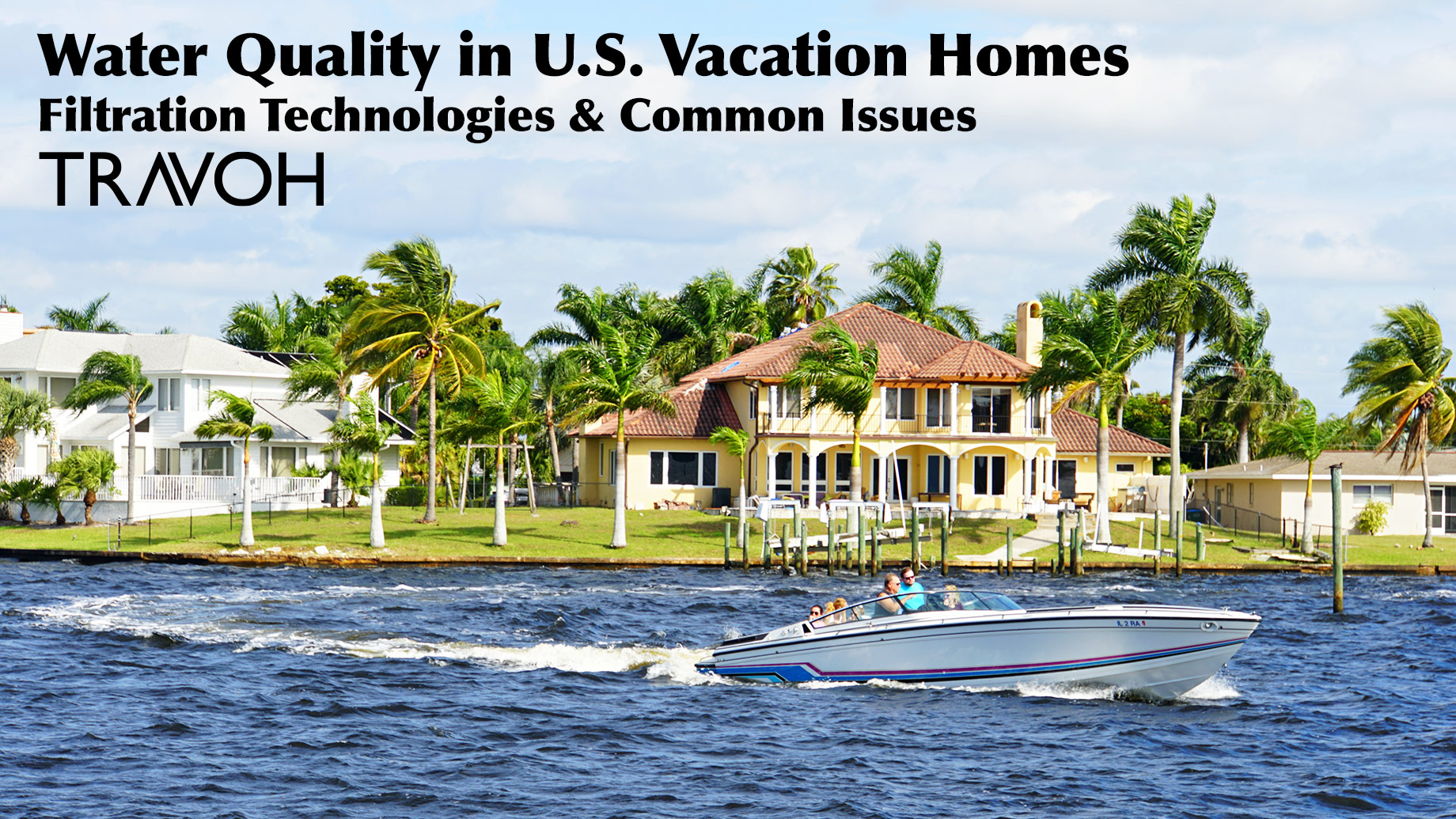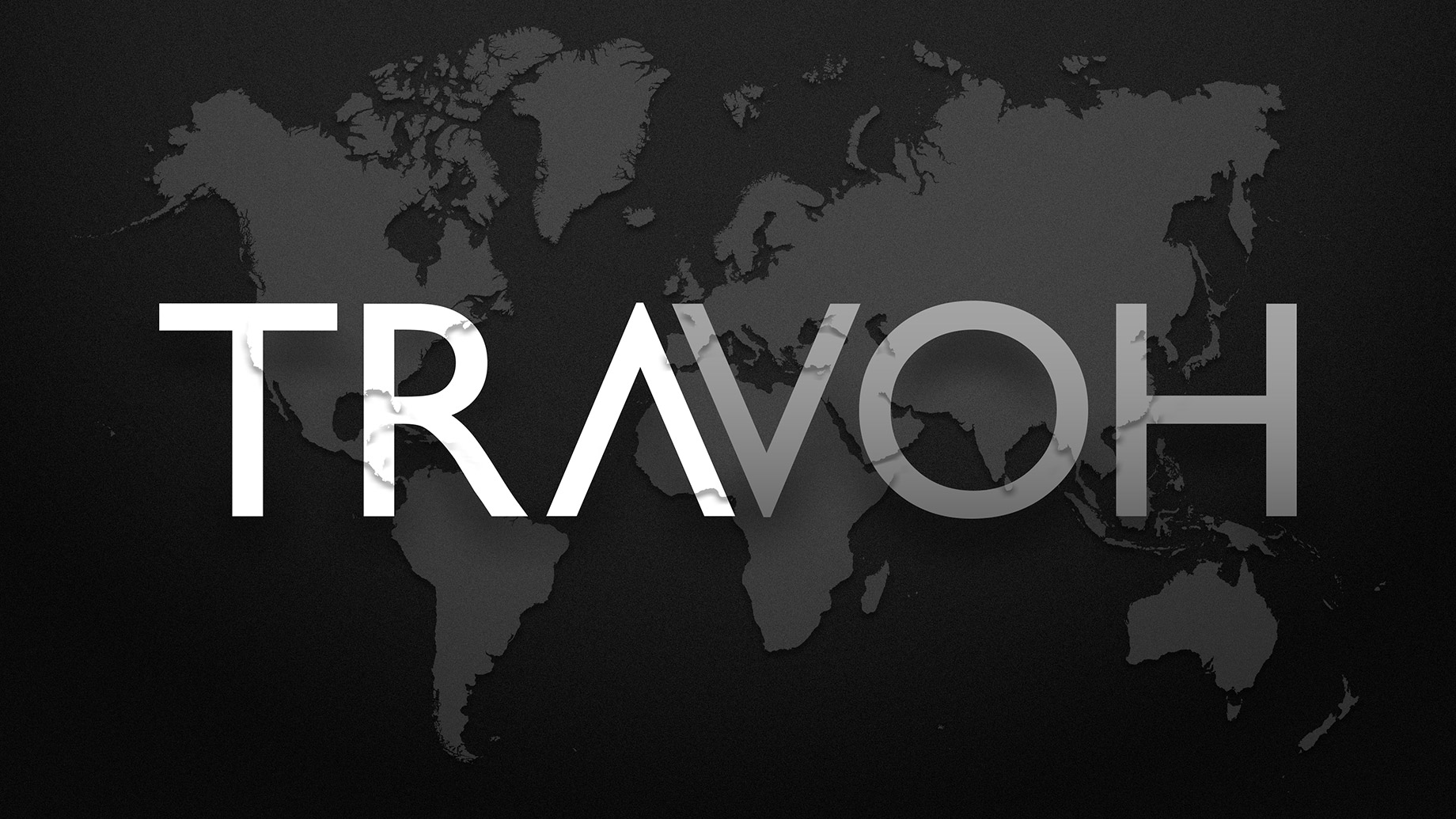
For any traveler, having clean drinking water is essential. According to Water Guides, a resource for safe drinking water, it’s important to be aware of water quality when you’re away from home. After all, when you check into a vacation property, the last thing you want is foul-tasting or unsafe tap water. From the sunny shores of Florida to the mountain cabins of Colorado, water quality varies widely across the U.S. This guide breaks down common water issues, filtration technologies, and practical tips to ensure you have fresh, safe water during your getaway.
Overview of Water Quality Concerns
Not all tap water is created equal. Some vacation homes get water from municipal supplies, while others rely on private wells. Municipal water is treated by local utilities and generally meets safety standards, but it can contain additives like chlorine and sometimes picks up contaminants from aging pipes (for example, lead from old plumbing). By contrast, private well water is not regulated – its quality depends on local geology and maintenance. Well water might be crystal clear or have issues like bacteria, heavy minerals, or sediment.
Regardless of source, tap water can carry various impurities. Typical culprits include microbes (like bacteria or algae), heavy metals (such as lead or arsenic), chemical pollutants (for example, pesticides or nitrates), and minerals that cause hard water. For example, hard water leaves white limescale on faucets; high iron can turn water orange and stain sinks; a chlorine bleach smell hints at heavy disinfection; and a “rotten egg” odor means sulfur bacteria are likely present . Knowing what’s in the water helps you decide if you need a filter or extra precautions.
Regional Water Challenges: Florida, California & Colorado
Different parts of the country face unique water quality hurdles:
- Florida: Many Florida vacation homes (especially those with private wells) encounter mineral-rich water. Sulfur bacteria in groundwater can create a “rotten egg” smell , and the state’s city water is often hard (high in calcium) , which may leave mineral deposits on faucets.
- California: California’s water quality varies widely. Coastal cities often have a chlorine taste due to heavy treatment, while rural agricultural areas sometimes struggle with contaminants like nitrates and arsenic in groundwater . Droughts can concentrate these pollutants, affecting both taste and safety.
- Colorado: Mountain homes in Colorado frequently rely on wells or spring water that carries natural minerals. Some regions have iron or manganese (causing a metallic taste) and even trace uranium from the rocks. Many Colorado communities also report moderately hard water, which can cause scale buildup in pipes and appliances.
Knowing these regional quirks helps you plan any needed water filtration or extra precautions for your stay.
Water Filtration Technologies
Modern water filtration technologies can tackle most water issues you might encounter in a vacation home. Here are some common and effective options:
- Reverse Osmosis (RO): RO systems force water through a membrane to remove a broad range of contaminants (like heavy metals, salts, and microbes). It’s one of the most thorough methods, often installed under a kitchen sink to provide clean, bottled-quality drinking water.
- Activated Carbon Filters: For improving taste and odor, activated carbon filters (such as those in Brita pitchers or faucet attachments) excel at removing chlorine and organic chemicals. They won’t eliminate minerals or germs, but these filters are affordable and can quickly enhance water quality.
- UV Purification: Ultraviolet light purifiers neutralize bacteria and viruses in water. This chemical-free treatment is ideal for well water or any supply prone to microbes. Keep in mind that UV doesn’t remove chemicals or sediment, so it’s often paired with another filter for complete protection.
- Whole-House vs. Under-Sink Systems: Whole-house filters treat all water entering the home, which is great if you need to address widespread issues (like iron staining or hard water). Under-sink or countertop units only filter water at one faucet (usually the kitchen sink). Renters can easily use a small point-of-use filter for drinking water, while owners might invest in a whole-house system for full-home coverage.
Practical Tips for Vacation Home Renters and Owners
Ensuring safe drinking water in a vacation home requires proactive measures. Whether you’re a guest or a homeowner, understanding the local water source and any existing filtration systems is essential. Water quality can change due to environmental factors, seasonal variations, or plumbing conditions, so it’s important to stay informed and prepared.
Tips for Renters
- Check Water Quality Info: Ask the host about the home’s water source (city supply or well) and any filtration in use. If it’s city water, you can also look up the area’s latest water quality report online for details on any contaminants.
- Use Portable Filtration: Bring a portable water filter, like a filtered pitcher or a travel bottle with a built-in filter. This can improve the taste and safety of tap water, and it saves you from buying lots of bottled water.
- Do a Sensory Check: When you arrive, examine the tap water using your senses. If it looks cloudy, smells odd, or tastes off, play it safe by boiling it for cooking and using filtered or bottled water for drinking.
Tips for Vacation Home Owners
- Regular Water Testing: If your property uses a well, test the water at least once a year for bacteria, nitrates, and other common contaminants. Regular testing ensures the water stays safe and gives guests peace of mind.
- Install Proper Filtration: Invest in systems suited to your water’s needs – for example, a softener for hard water, a UV purifier for bacteria, and an RO filter for drinking water. Keep up with filter replacements and maintenance so everything remains effective.
- Inform Your Guests: In your welcome guide or note, mention if the water is filtered or when it was last tested so guests feel at ease using the tap water.
With a little preparation and the right filtration, you can enjoy clean, refreshing water at your vacation home – whether you’re lounging on a Florida beach or hiking in the Rockies. Paying attention to water quality ensures you stay healthy and hydrated, so you can focus on making the most of your trip.
